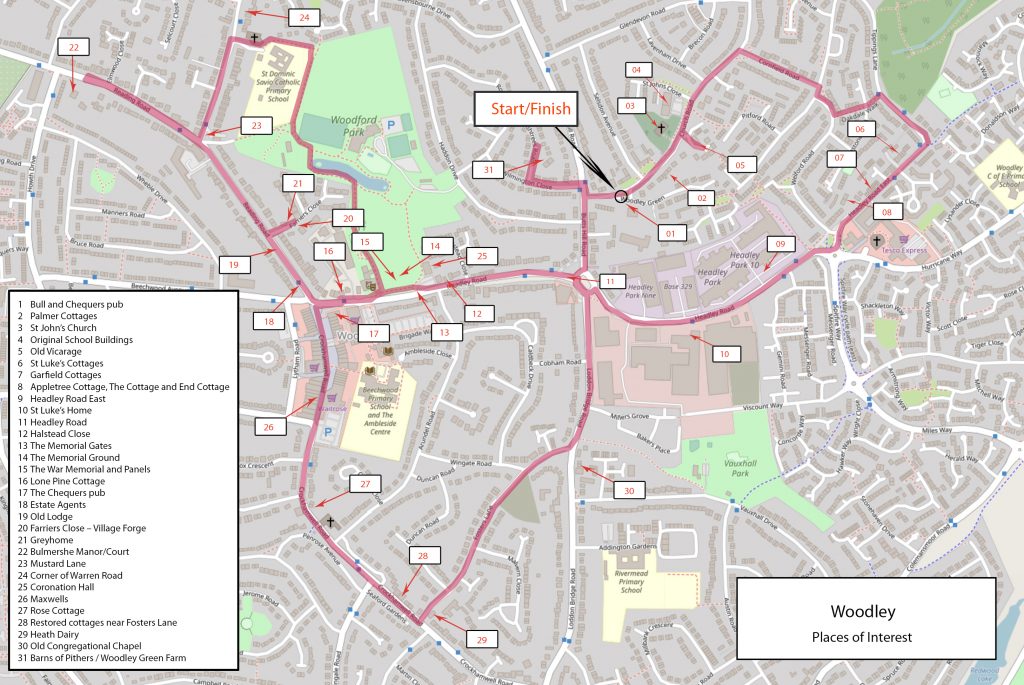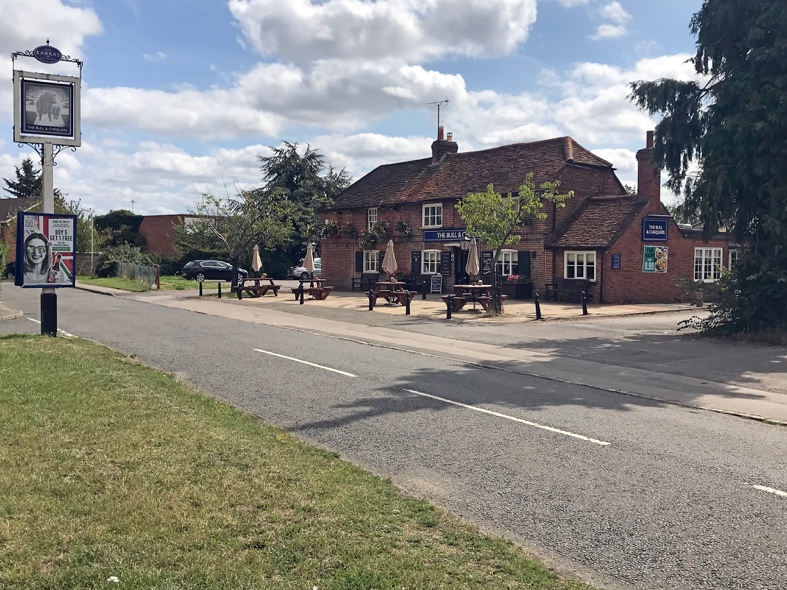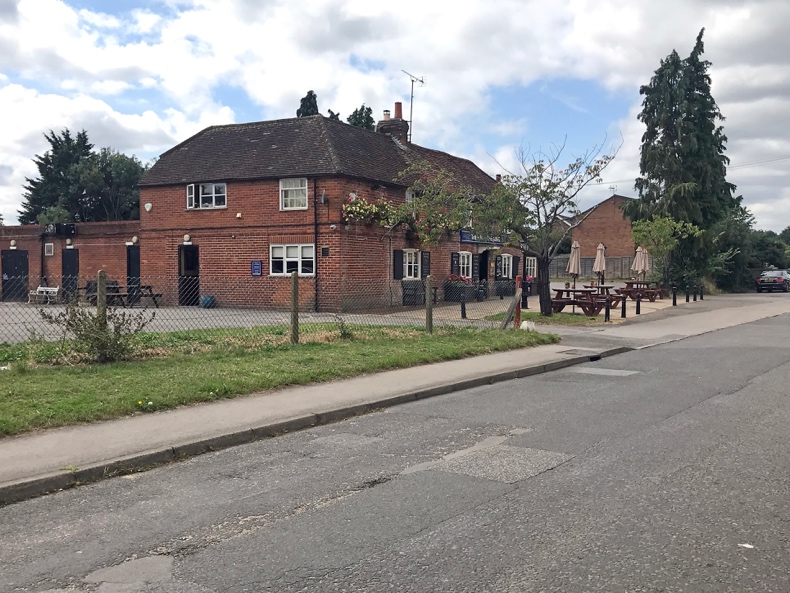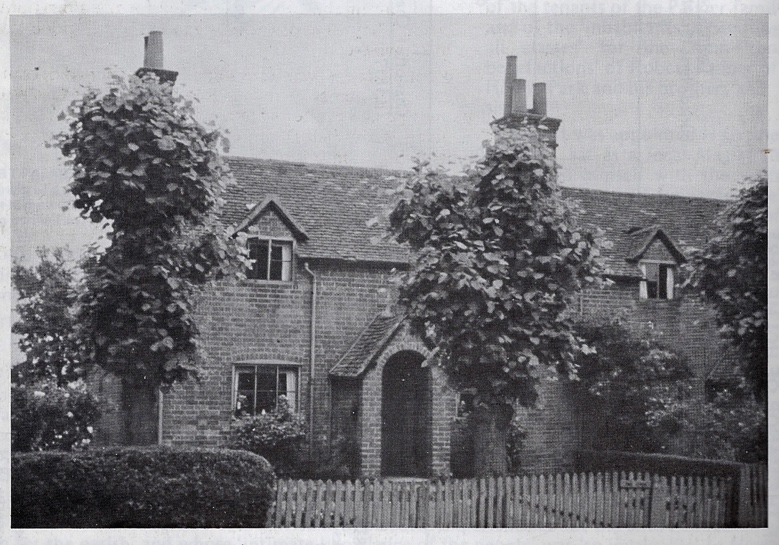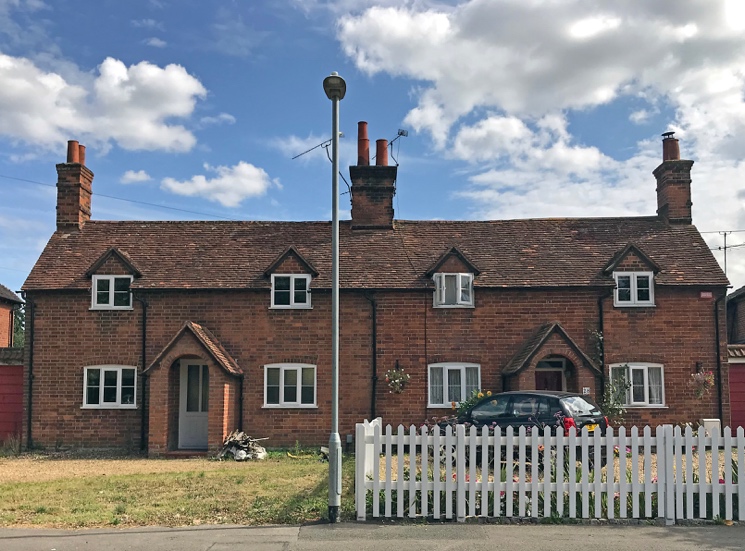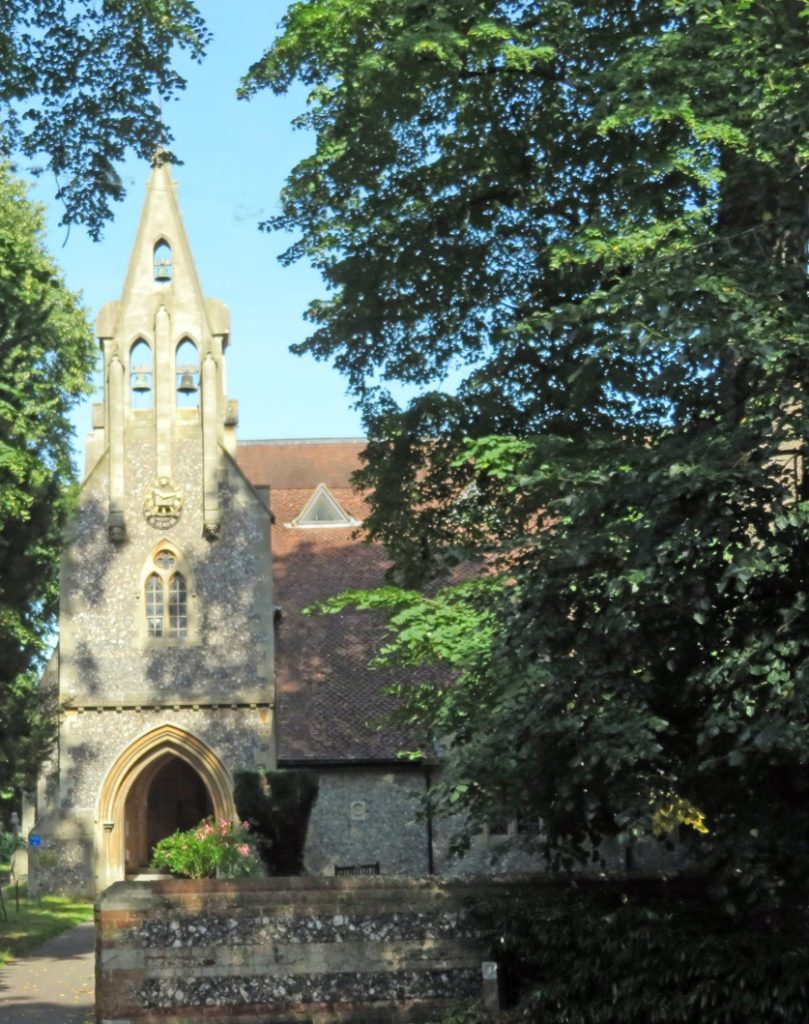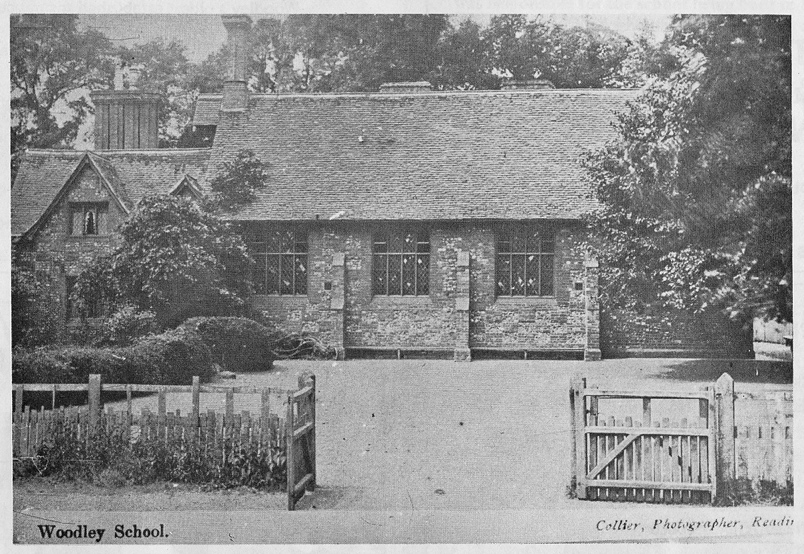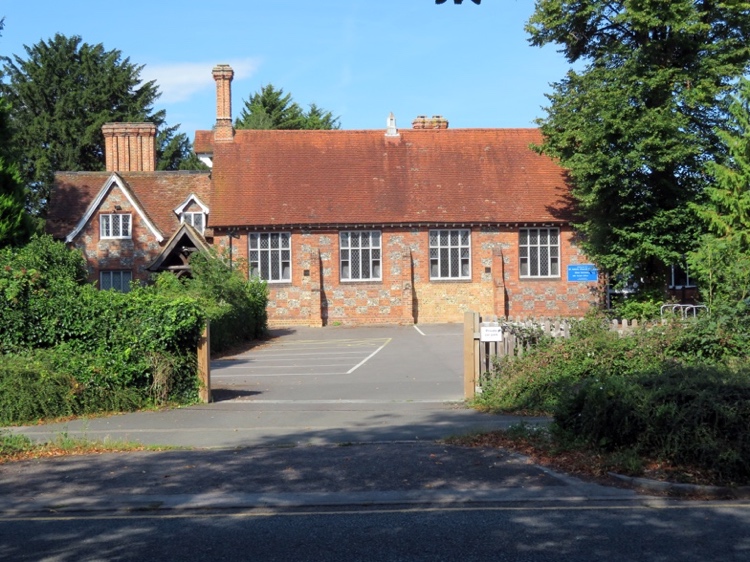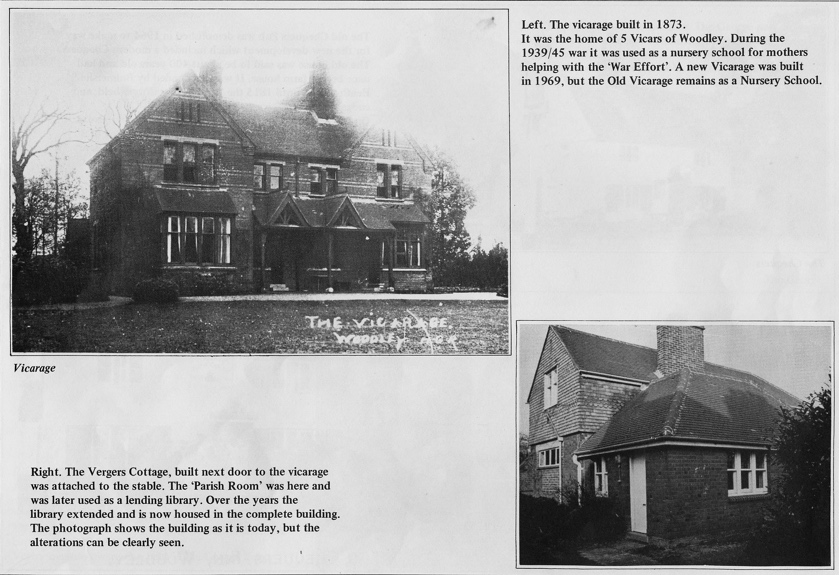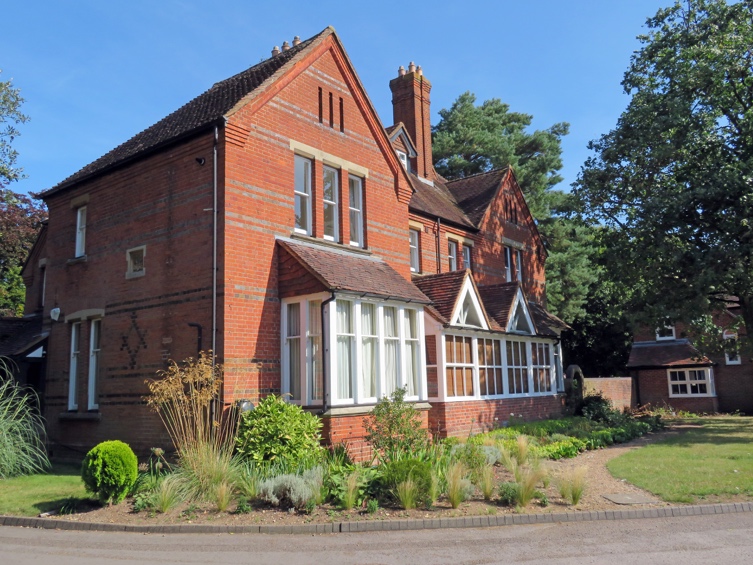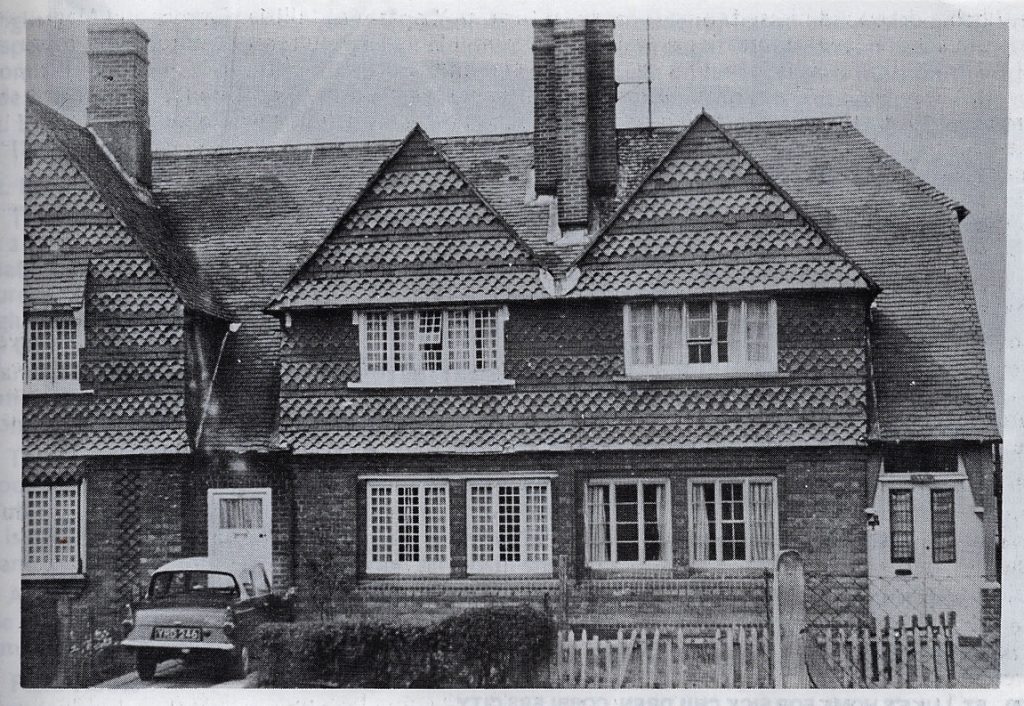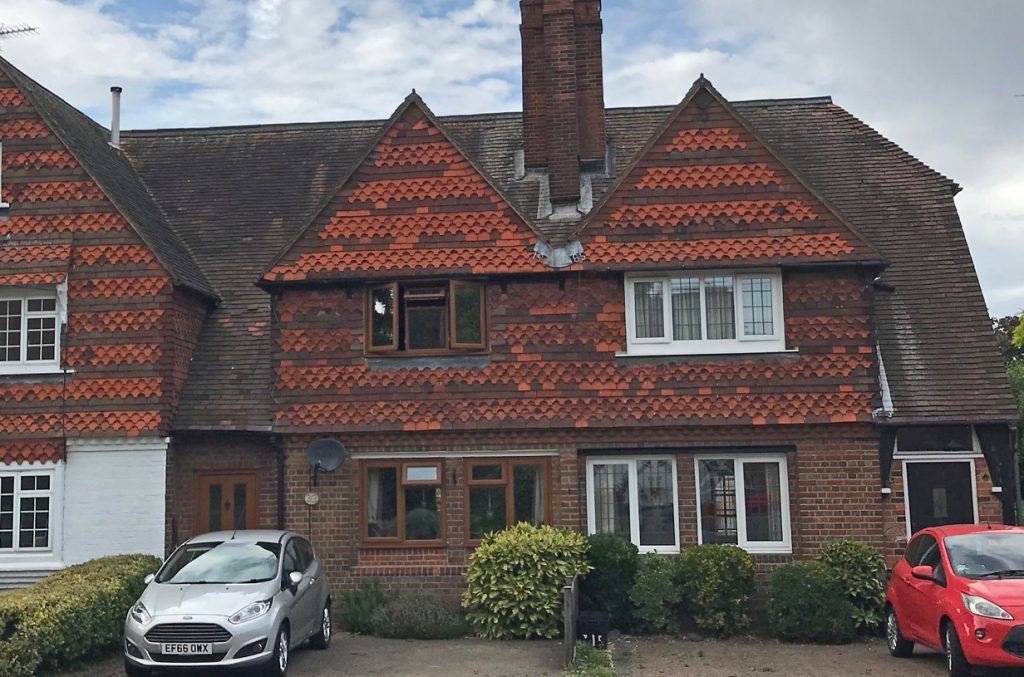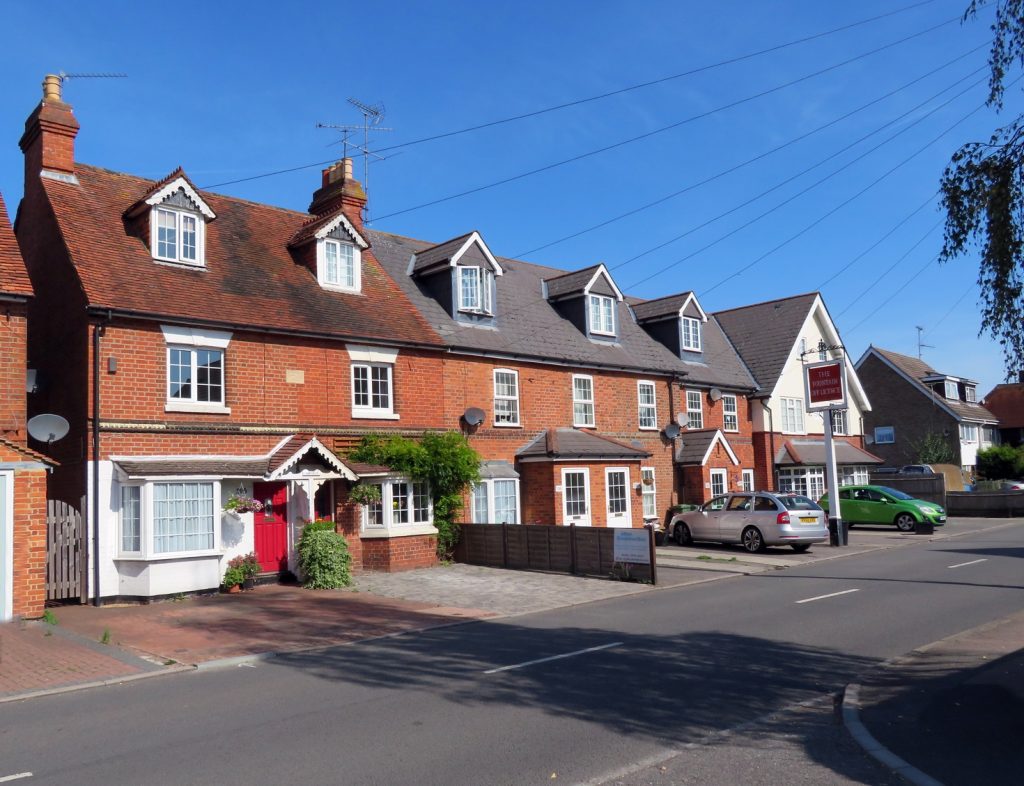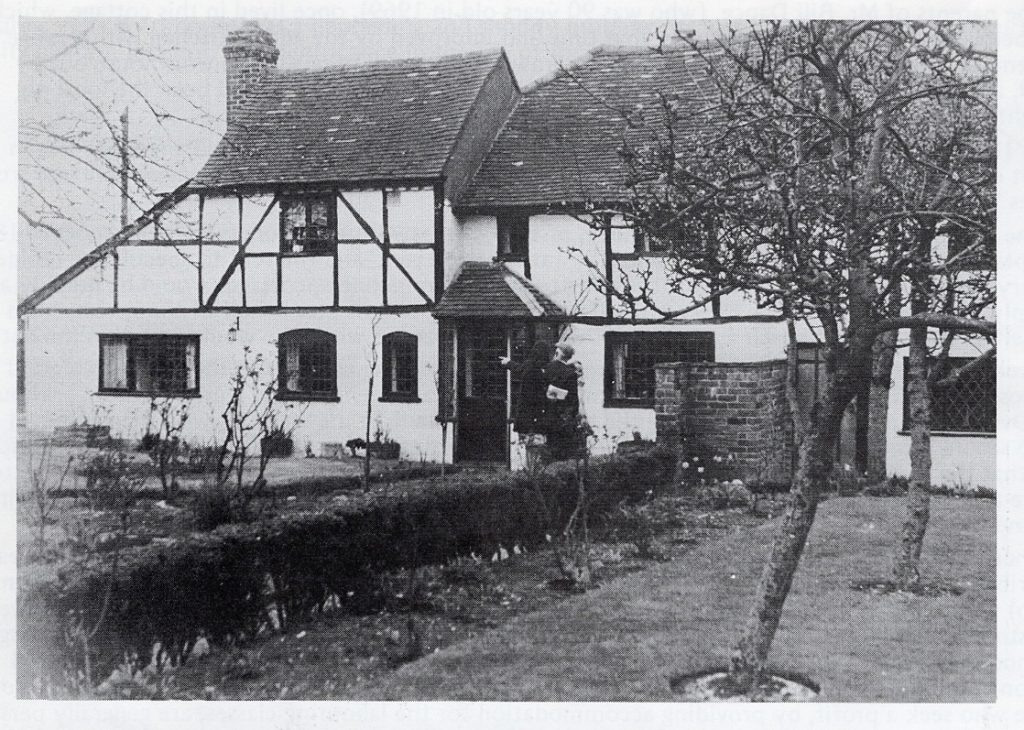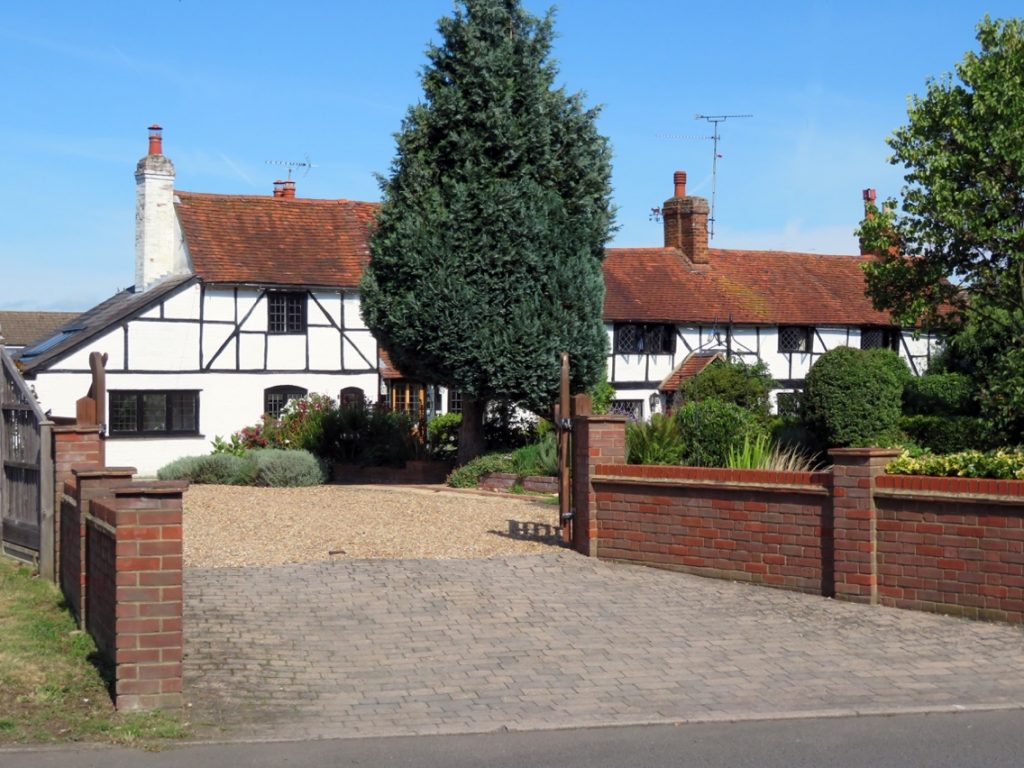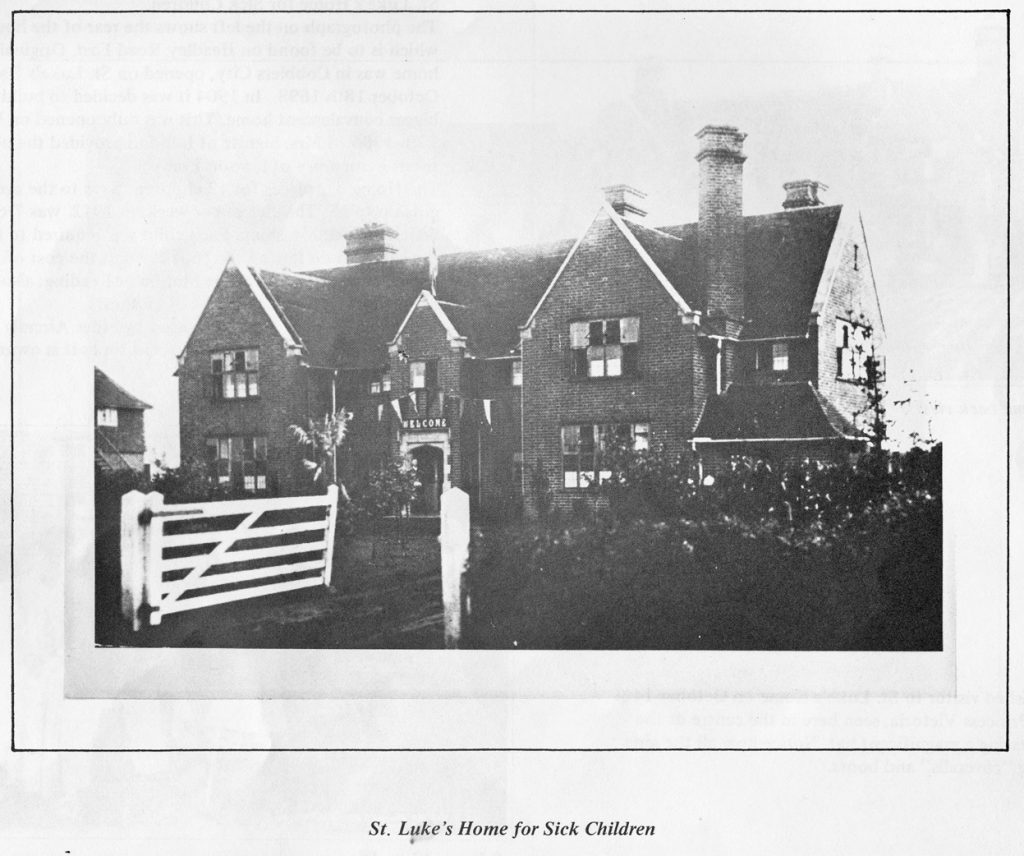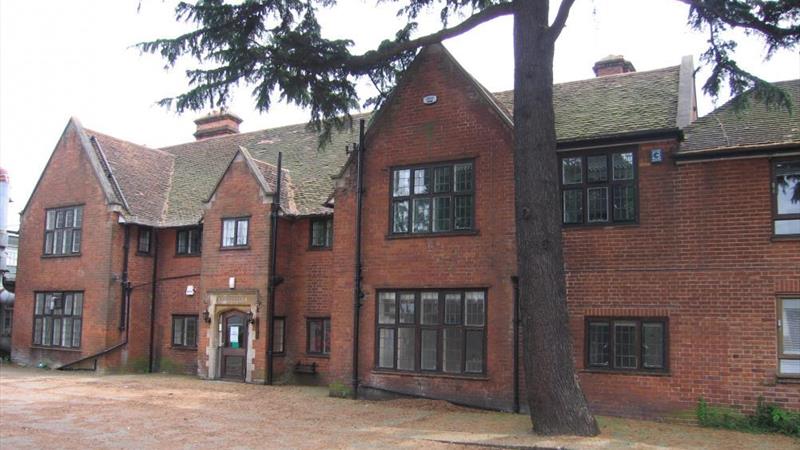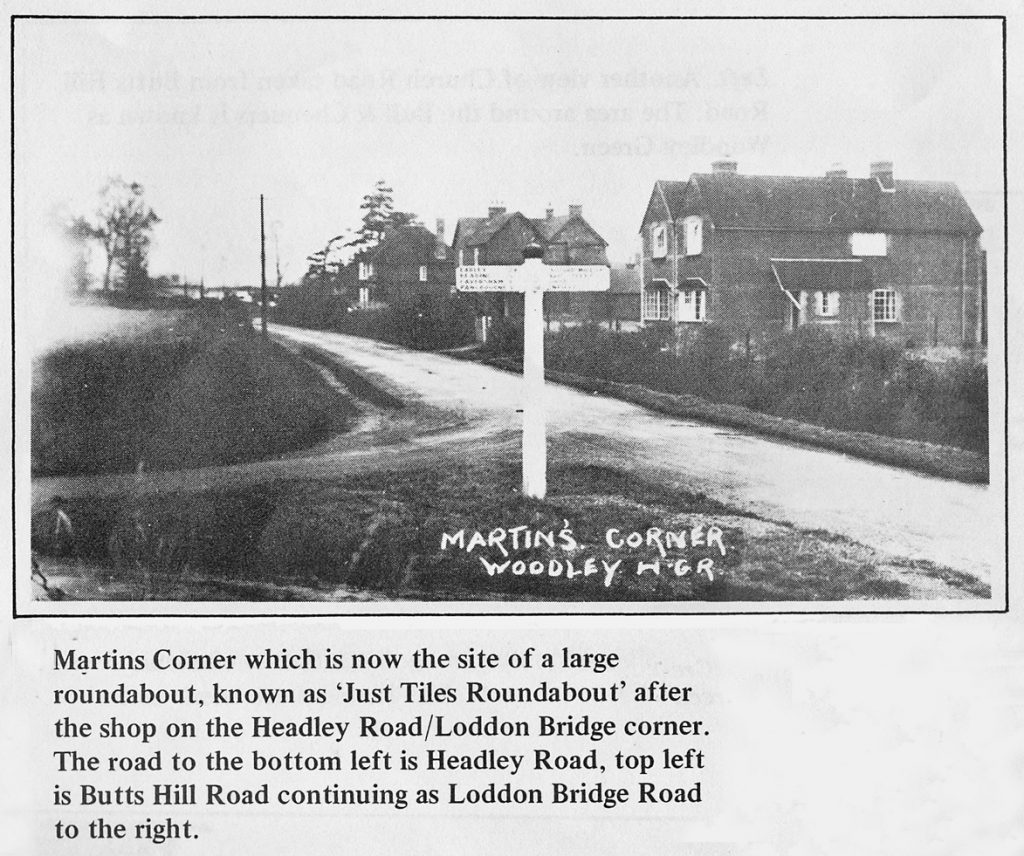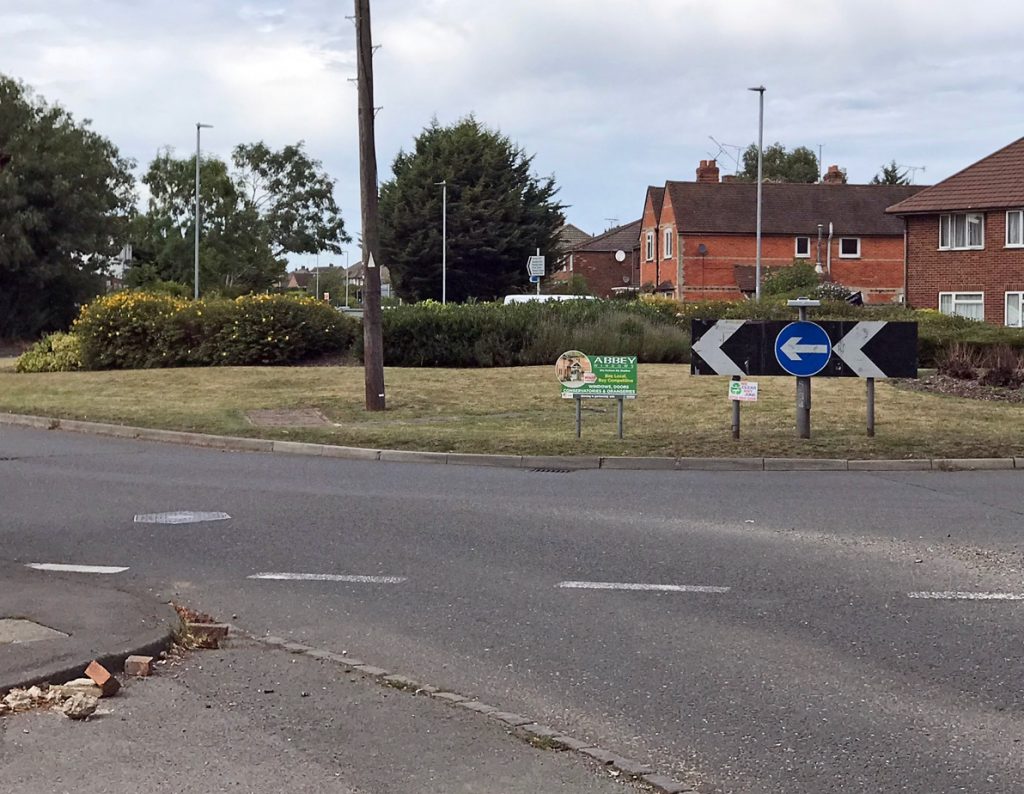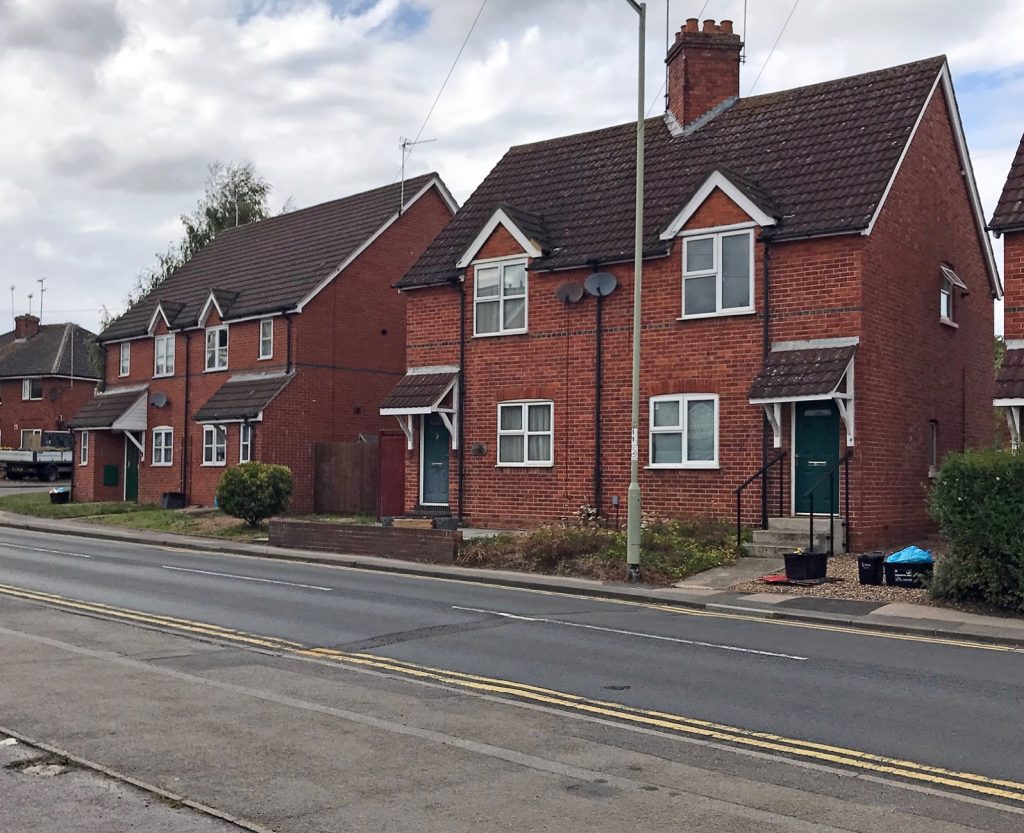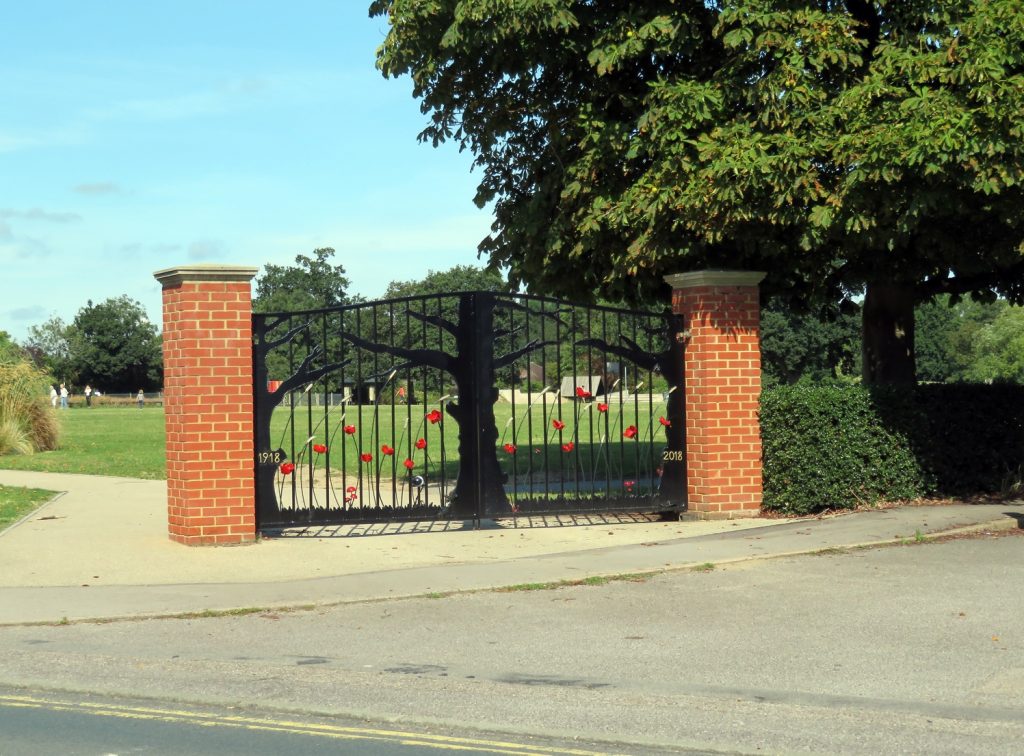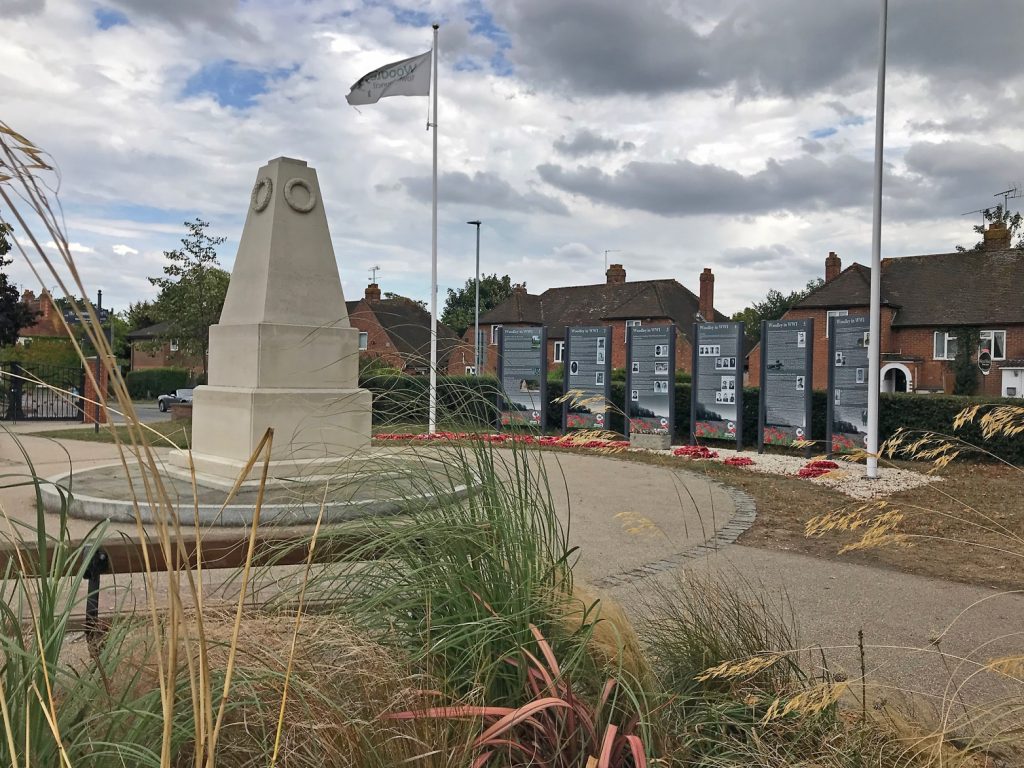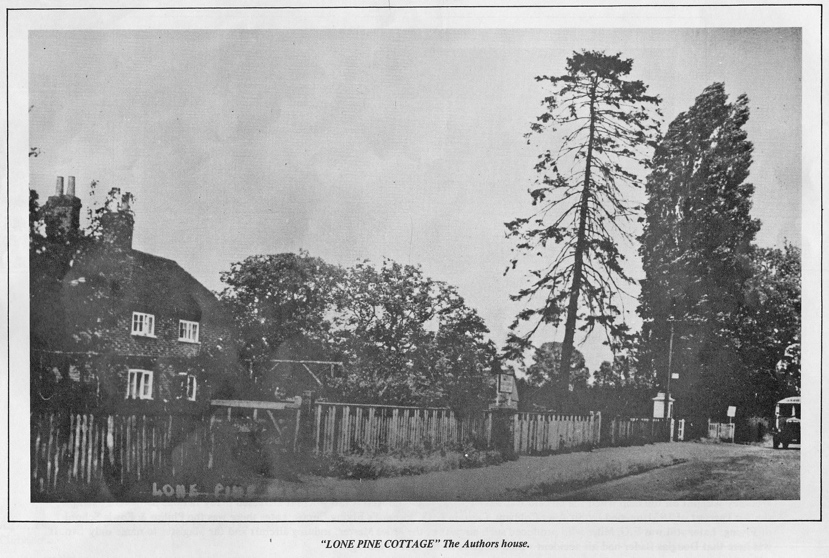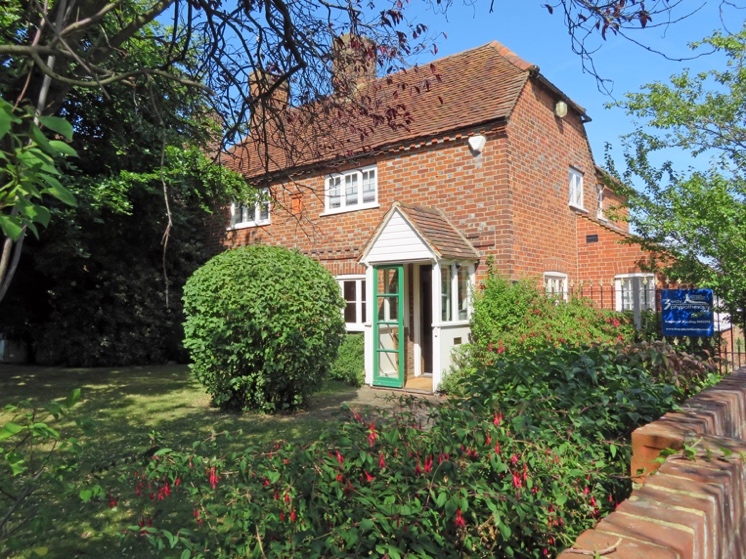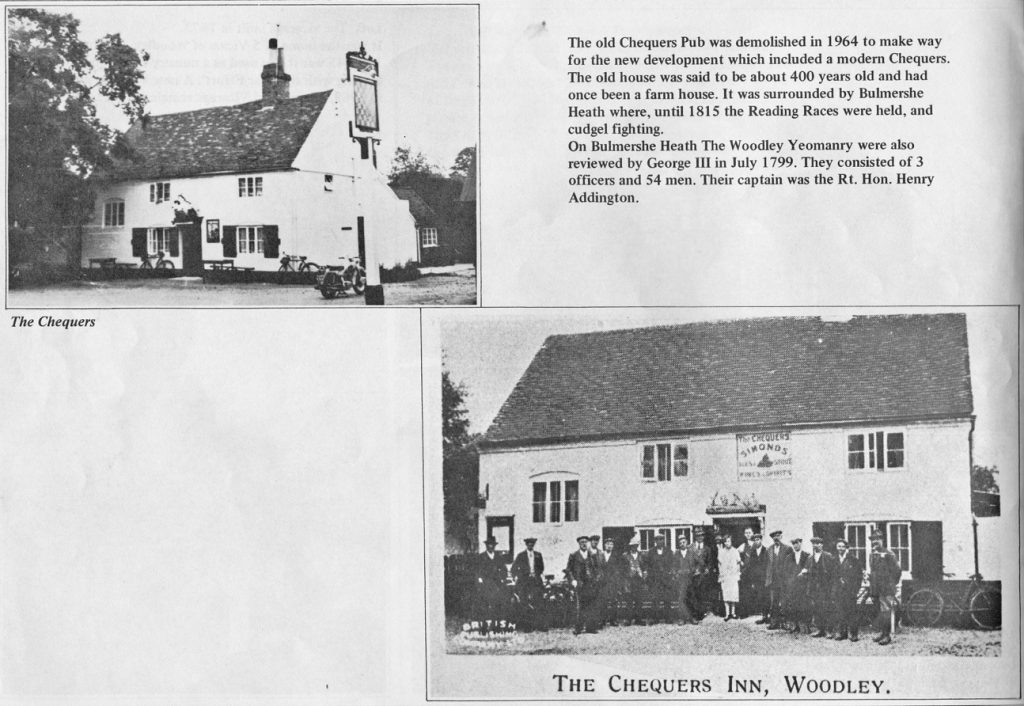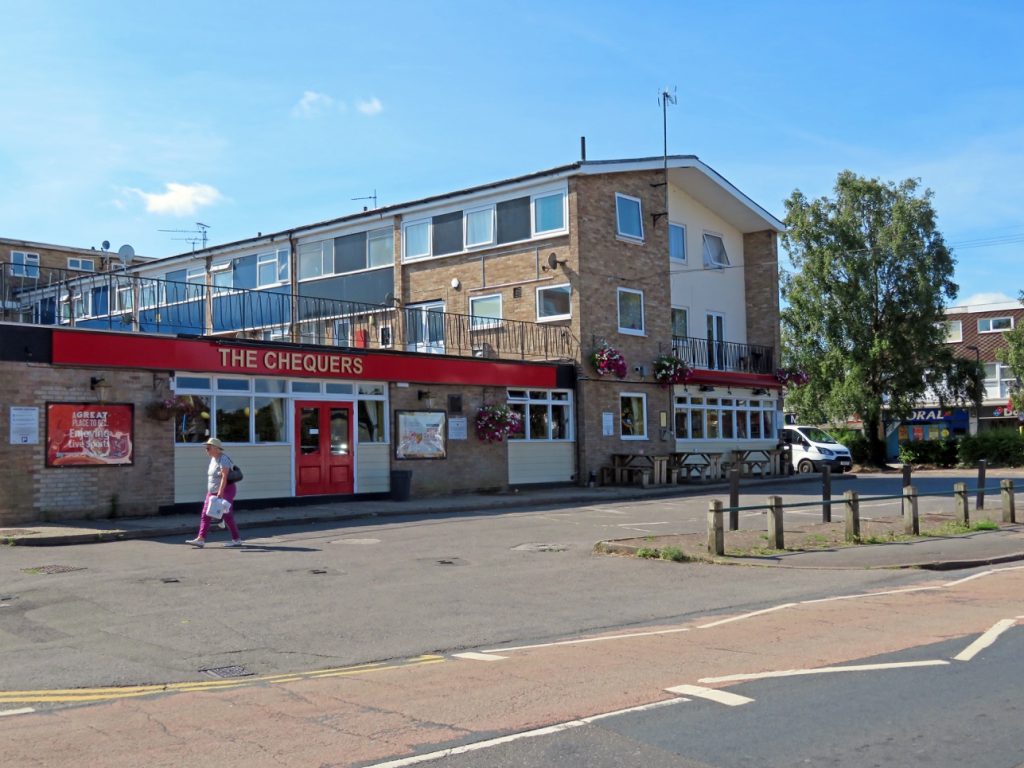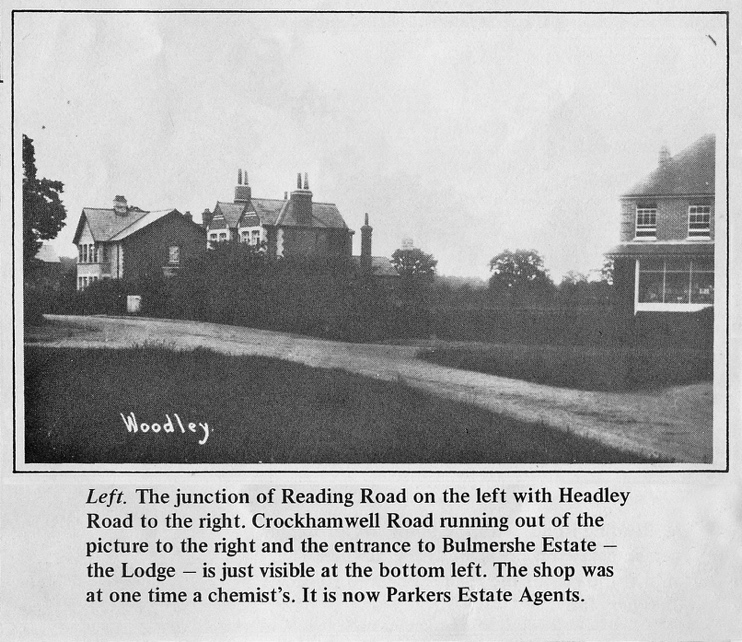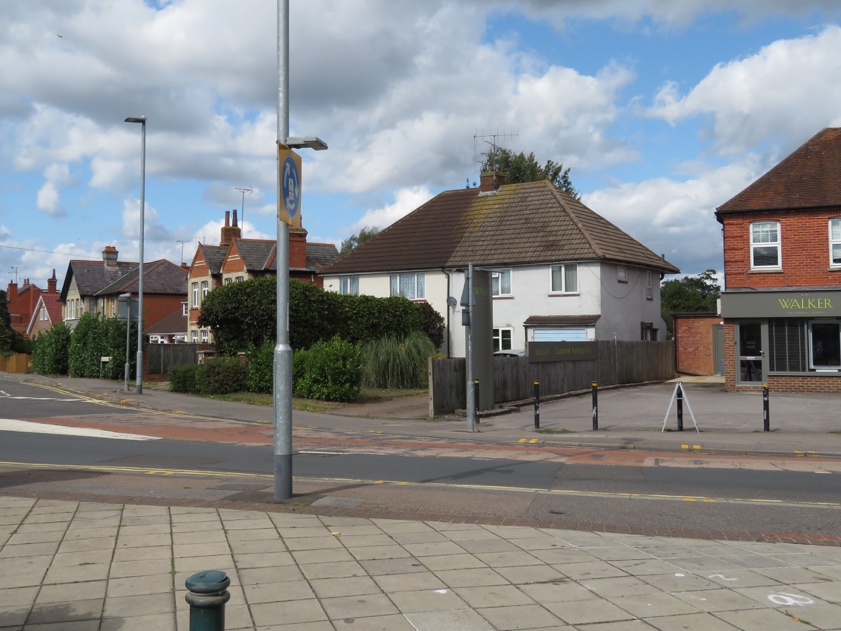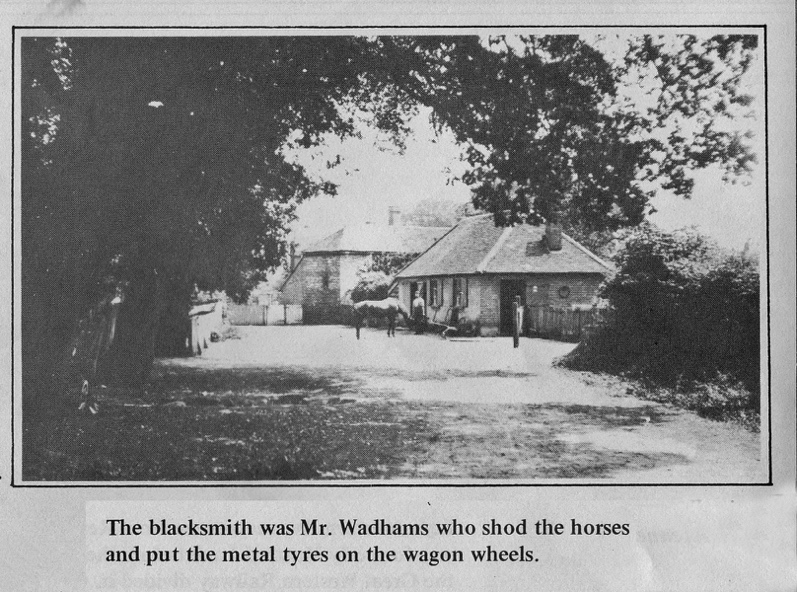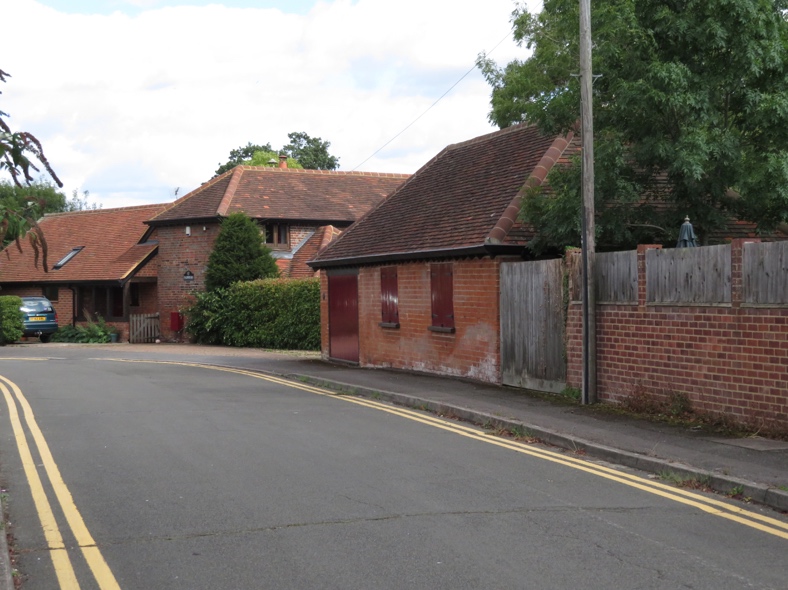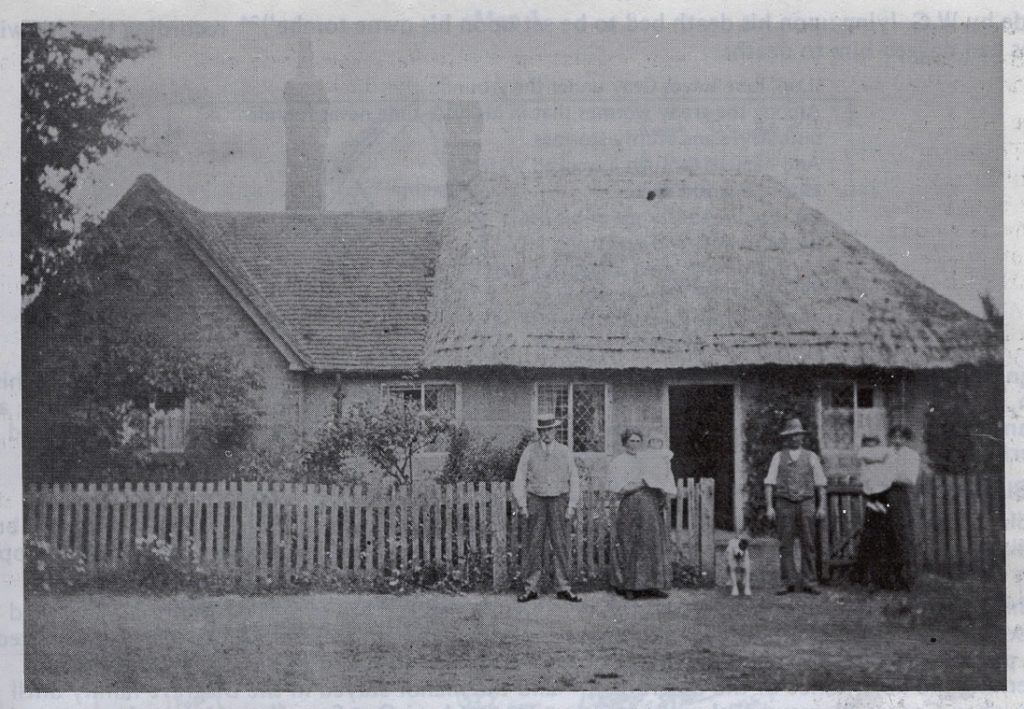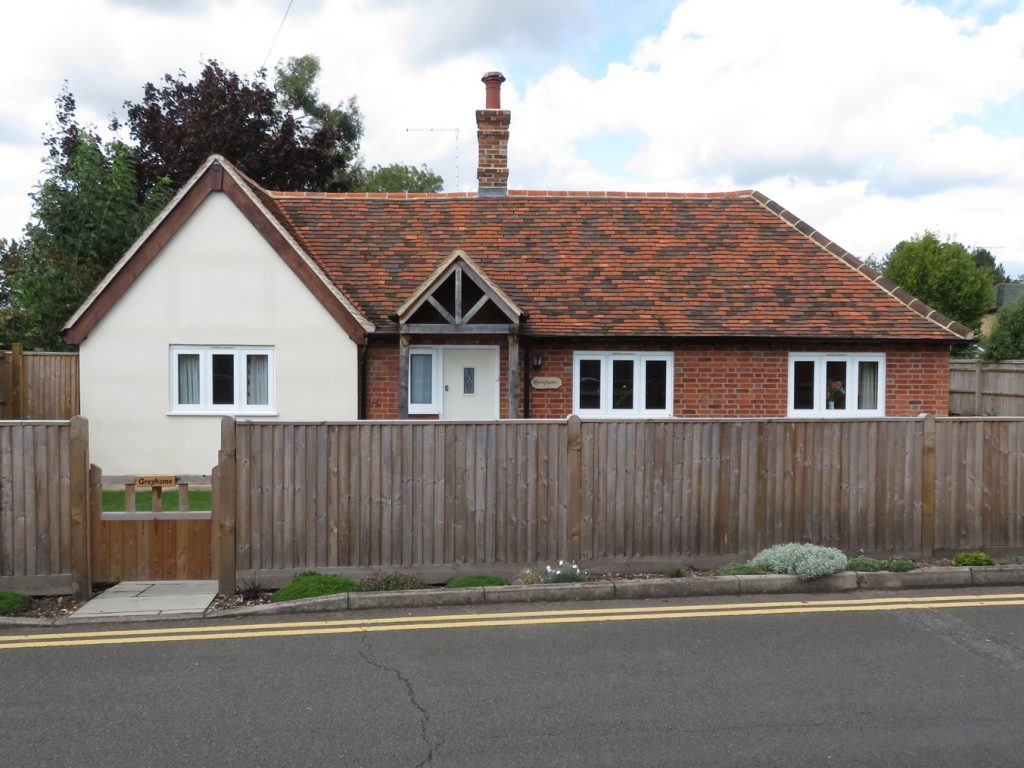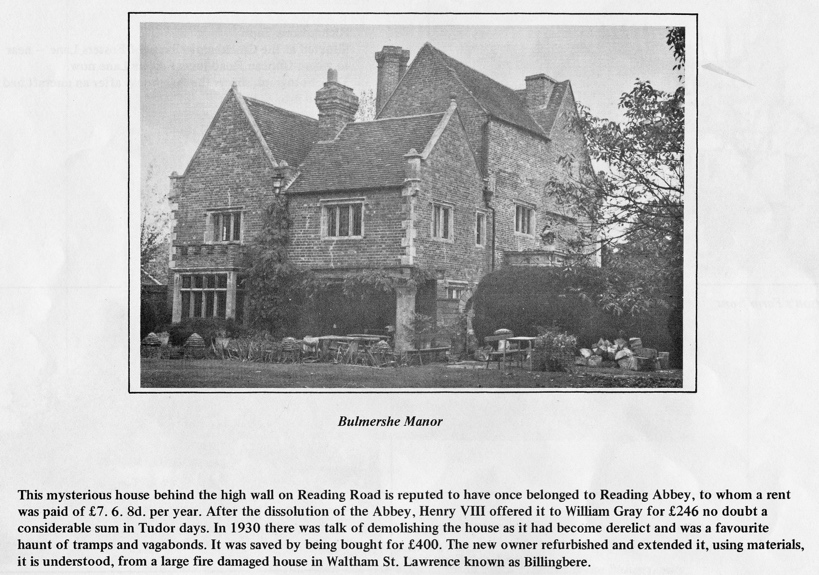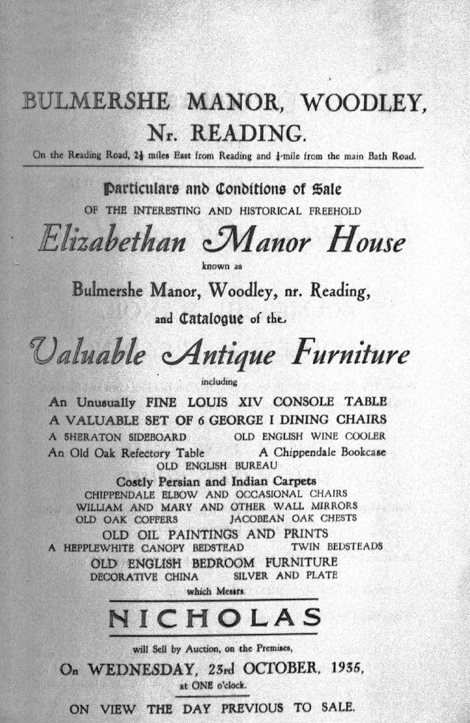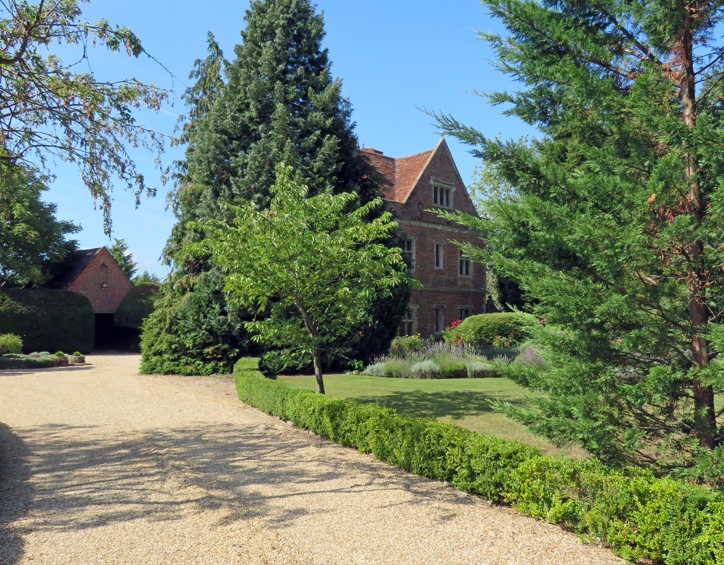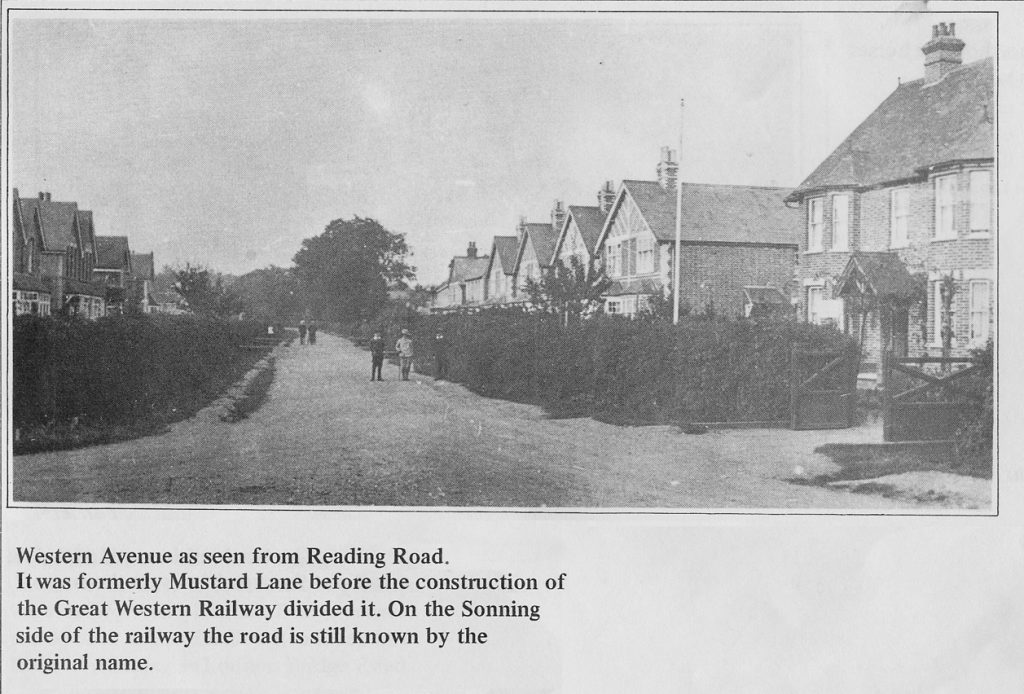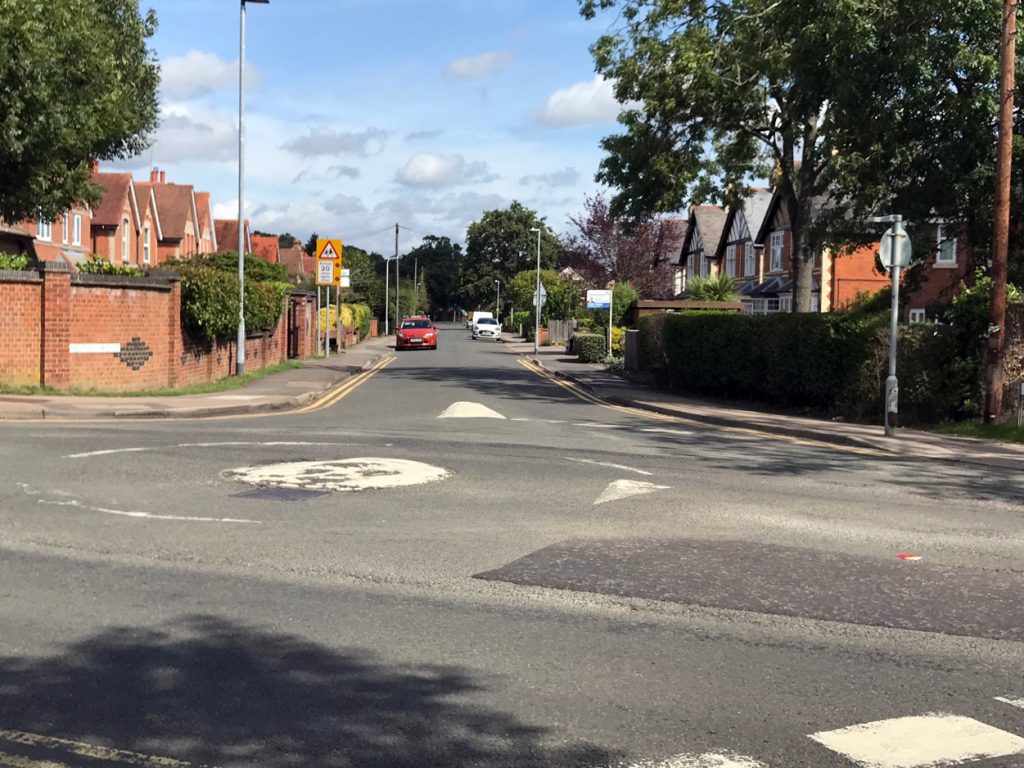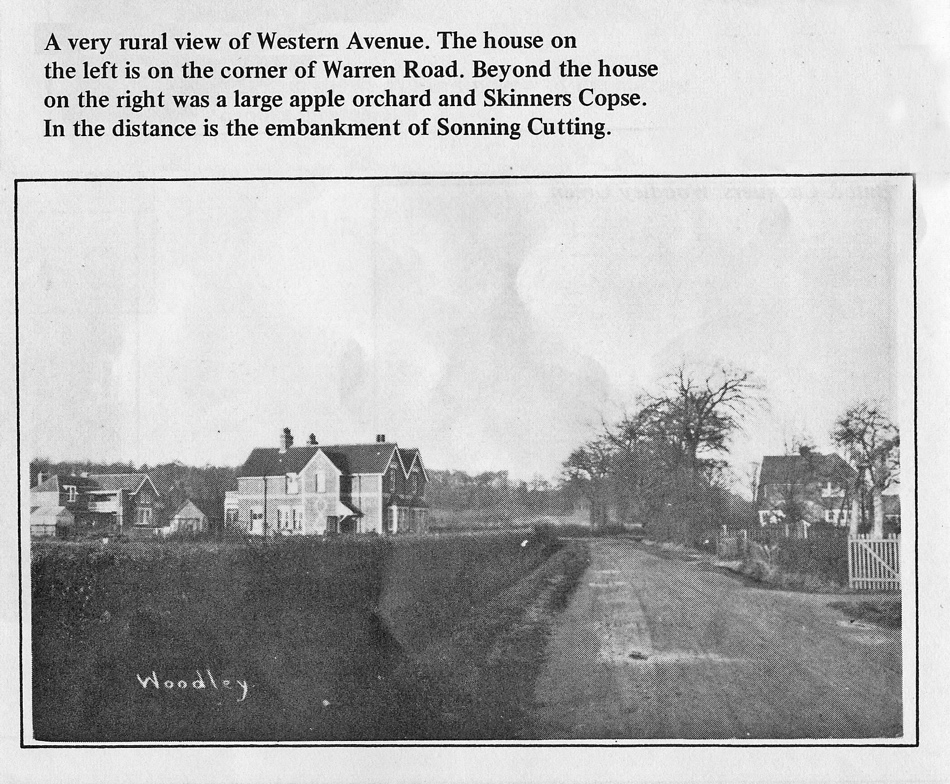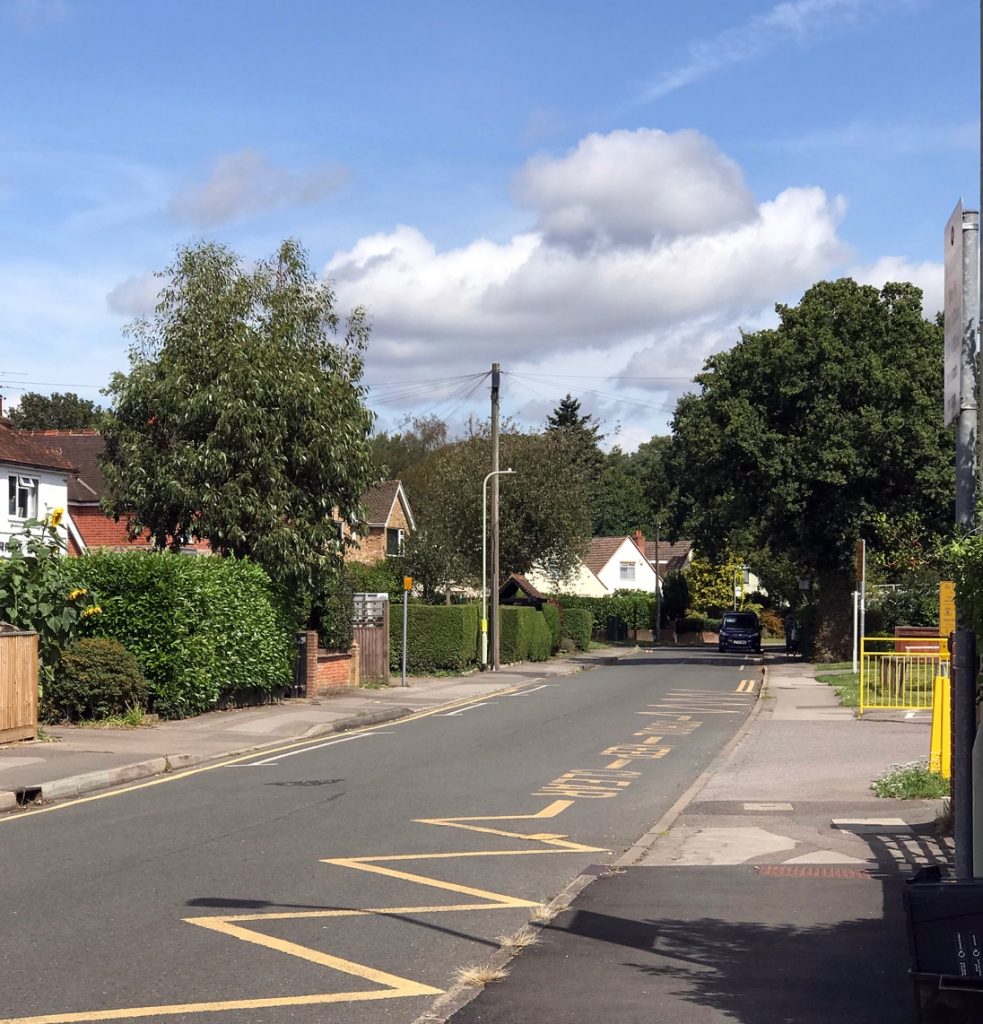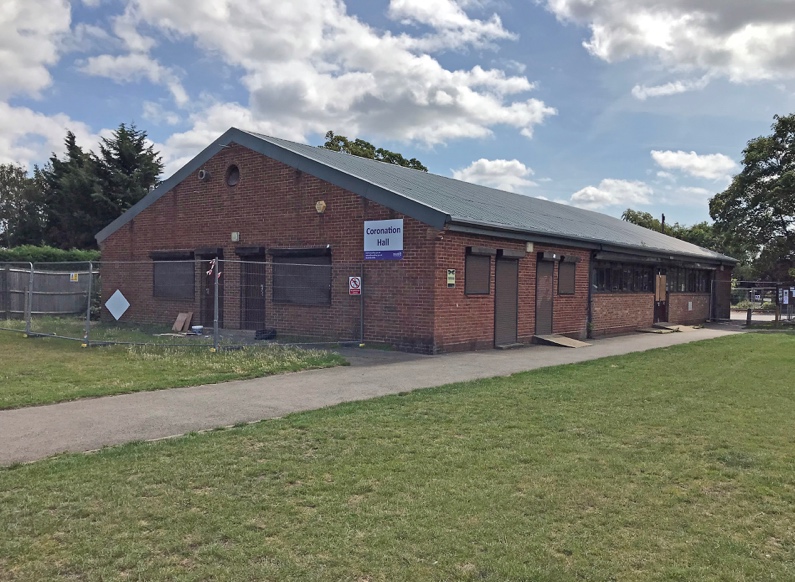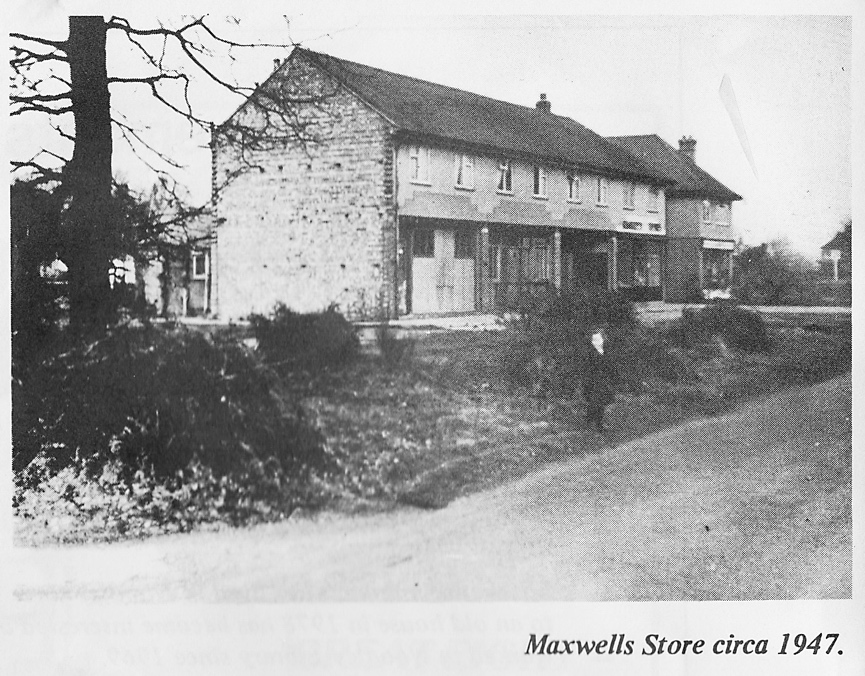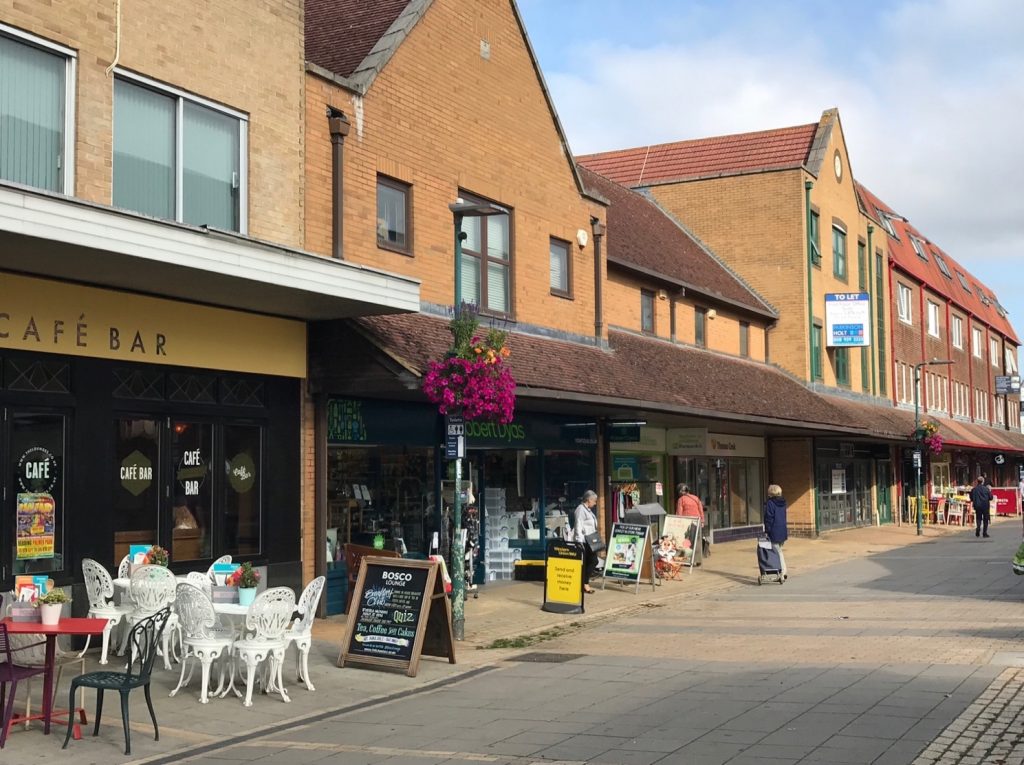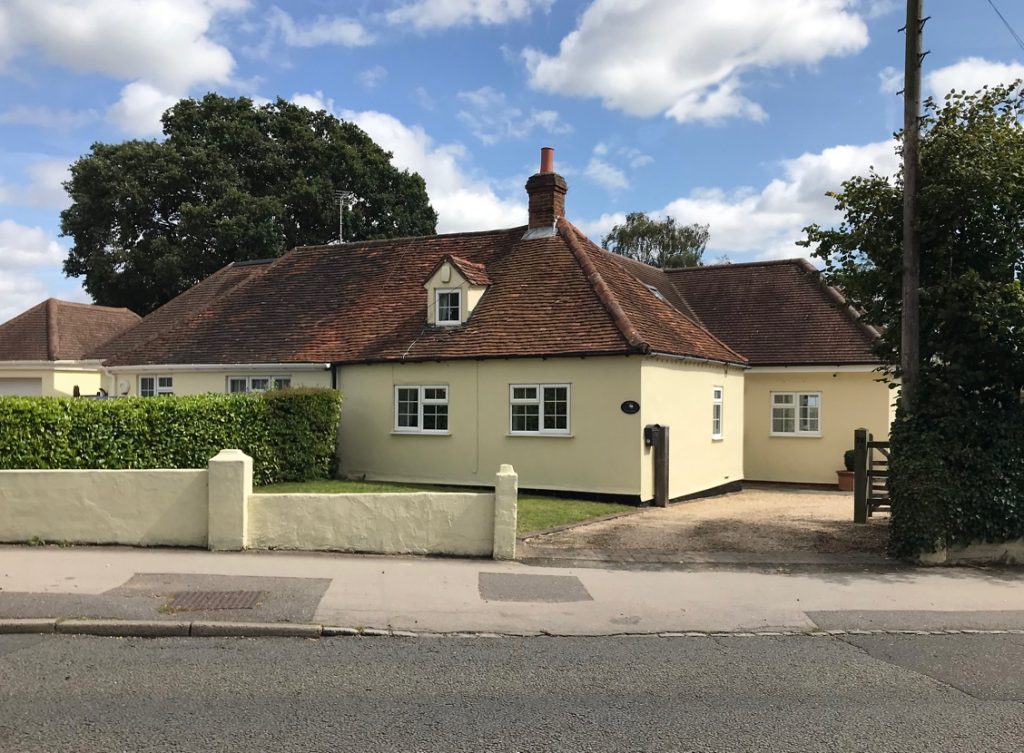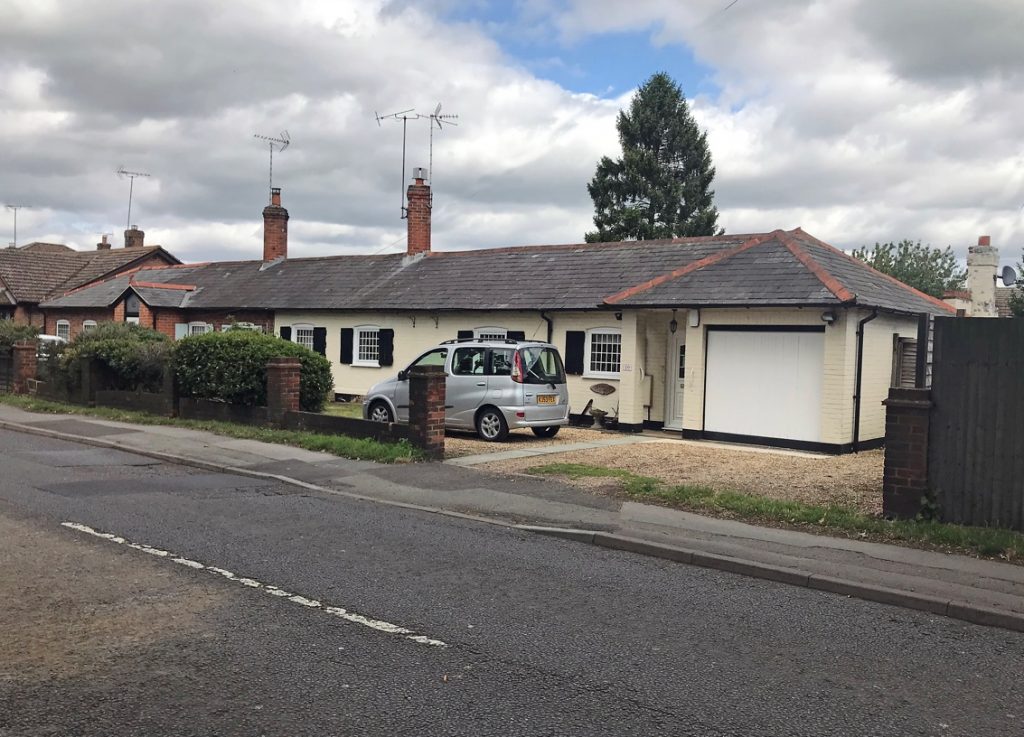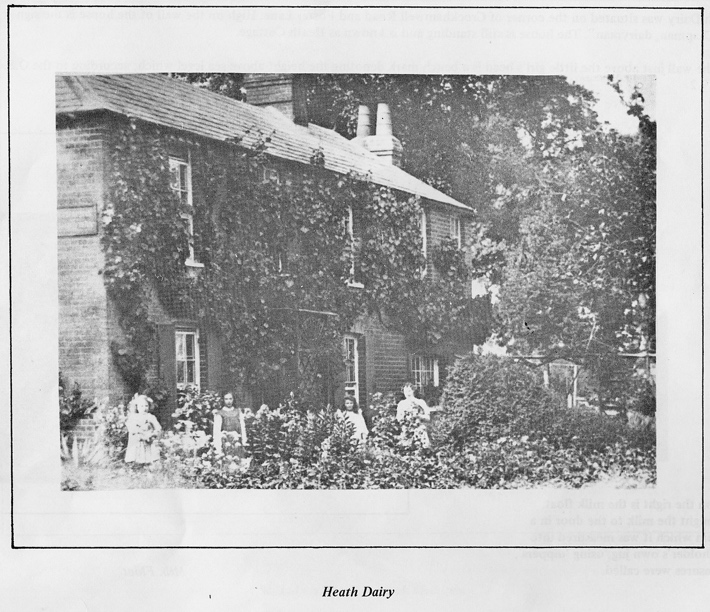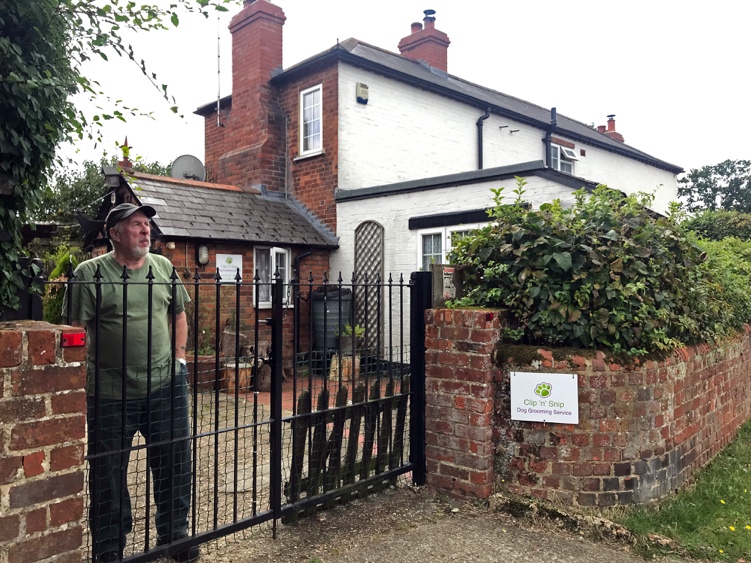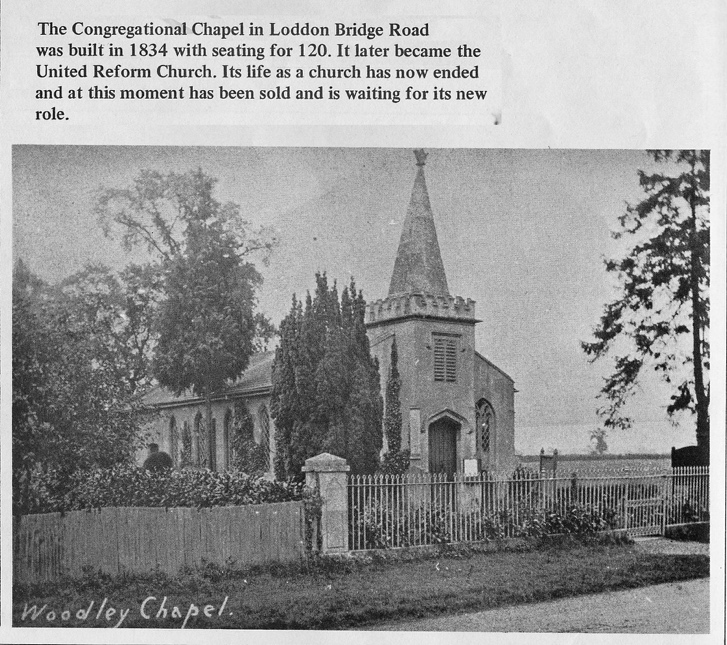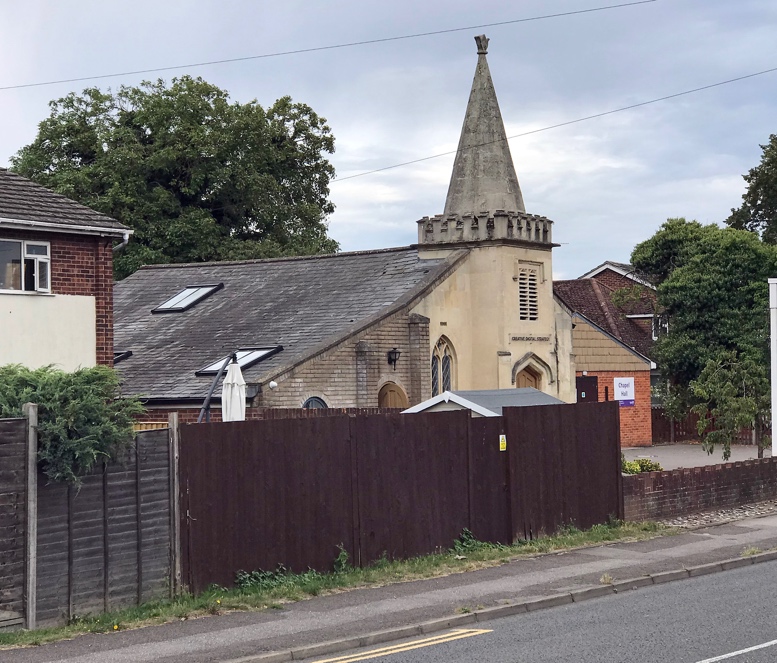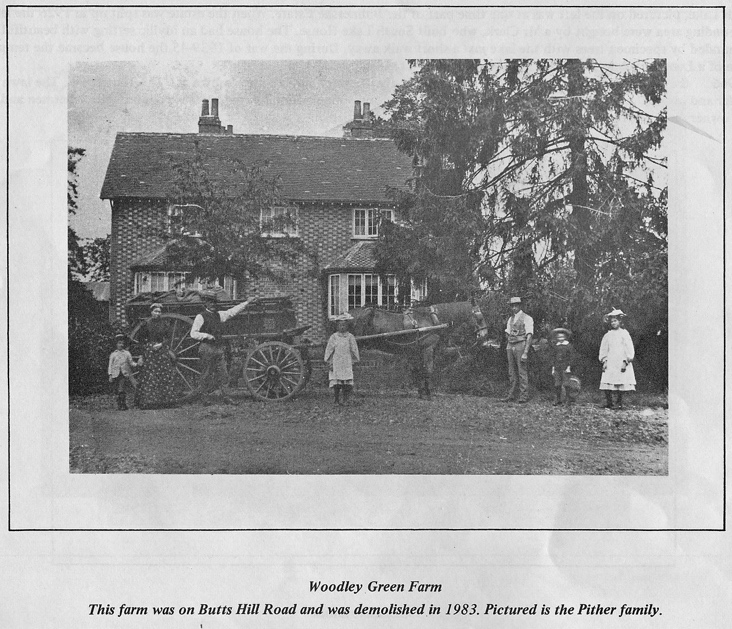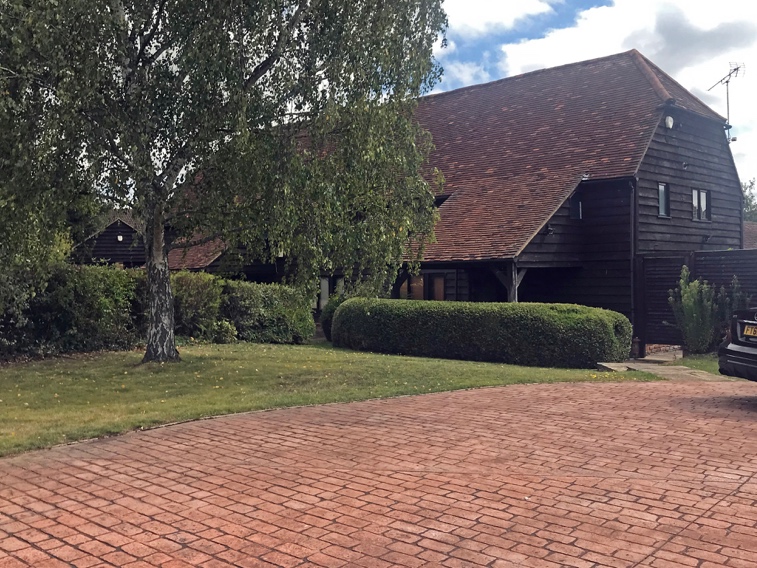
The Woodley and district U3A, as part of its research about Woodley, have created a ‘walk around’ Woodley, with many points of interest.
Woodley Walk and points of interest
This History walk around Woodley was put together using original research by Pauline Needham, mainly using the books “Woodley in the 19th century” (WITNC) by Frances Lloyd and “The Woodley Album” (WA) by Elizabeth M. Simmonds. The page numbers referred to are from these two books, to compare “Then and Now” as we progress.
Our walk begins and ends at The Bull and Chequers pub (RG5 4QP), is about 4.25 miles long and is on pavement and easily accessible surfaces.
Church Road
(1) Bull and Chequers pub [WA page 36] is a listed Grade II. Possibly the oldest public building still in public use in the town. Kelly’s Directory of 1847 lists the publican as Samuel Aldridge. It was used for meetings of the vestry, which controlled the admin of the Poors Land and, through the Poor Law Guardians, all parish relief and management of the Workhouse also appointed constables.
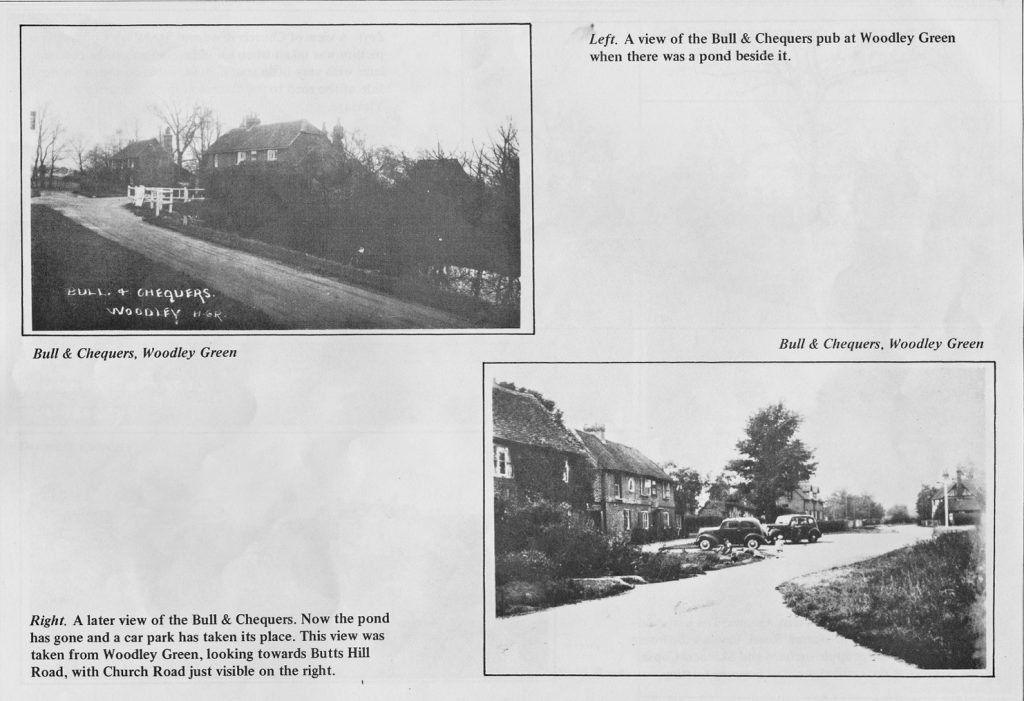
Walk towards the Church and note on the right Robert Palmer cottages at number 28 named Lay-Lea Cottage.
(2) Palmer Cottages [WITNC page 6].
These were the cottages of Miss Lailey and Mr Burt in May 1970. Miss Lailey’s father was a bricklayer and her grandfather a farm labourer in the employ of Robert Palmer. In 1969, aged 85, she was still living in this cottage and had a rent book from her grandfather’s time. Her father paid 50 shillings rent a year to the Palmer Estate. She recalled that as a child she took this rent money to Sonning and she was usually given half a crown to take home again as a welcome bonus. One of these cottages has been on the market recently (2019) for offers over £325,000.
Cross the road to see:
(3) St John’s Church [WA page 27].
Endowed by Robert Palmer of Holme Park Sonning at a cost of £5000. Foundation Stone lain October 1871 and consecrated in 1873. The church clock was erected to celebrate Queen Victoria’s Jubilee and was set going on April 28th 1898 at 9.40am
and:
(4) Original School Buildings [WA page 16].
Now used as the church hall. The school was opened on 14th May 1854 (nearly 20 years before the Parish Church was built) on the site of Pucks Farm, where a Dame school had operated. At this time the road was known as Puck’s Lane. In 1879 the building was damaged by fire and when repairs were made an extra classroom was added and the school bell placed in the gable. In 1870 the school had 56 children on the roll. By 1932 the school was no longer classed as a village school as it had 107 children and thereafter the numbers rose rapidly necessitating the building of another classroom in the playground, which opened in 1933. School numbers dropped in 1939 when the Senior School for children over 9 opened on Loddon Bridge Road. This became the Secondary Modern School and is now Rivermead School. Until 1951 when new toilets were built, facilities were very primitive. Central heating was installed the main block in 1952. New Housing estates sprang up around Woodley in the 50’s and 60’s so that by 1969 numbers had increased to 350. The school finally moved to new premises on the Airfield development in 1992 after 137 years on this spot. The newer parts of the school were taken over by The St John’s Ambulance and the field was sold for housing.
Walk back to the southern side of Church Road and into Church Mews
(5) Old Vicarage [WA page 28], built in 1873 and used by 5 vicars of Woodley.
During World War 2 it was used as a nursery school to help mothers who were working for the war effort. Woodley library was housed in The Verger’s cottage until the new library was built behind the precinct.
Continue to Cornfield Road and turn right until you cross Lunds Farm Road into Welford Road. Turn left into Oakdale Walk, cross Enstone Road and turn right onto Tippings Lane. Walk on until this road becomes Headley Road East and on your right is:
Cobblers City
(6) St Luke’s Cottages [WITNC page 67].
These were at one time the home of St Luke’s Home for Sick Children from London. Owned by Miss Dashwood of Sonning who founded the home in 1880. They were later used for Woodley Working Men’s Club.
(7) Garfield Cottages, Home of George Pottinger of whom we will learn more at The War Memorial, the Off Licence and Post Office.
These 3 houses were built in 1881, when more interest was being taken in providing new houses for workers. They represent the last phase of building in Cobblers City.
8) Appletree Cottage, Wishing Well Cottage and Bluebell Cottage [WITNC page 76] (formerly known as Appletree Cottage, The Cottage and End Cottage.).
These 3 cottages are the oldest surviving in Cobblers City and could not have been built much after the mid 17th century.
(9) The road ahead was built as the development of the old Woodley Airfield site began in the 1980’s In1929 the aircraft business Phillips and Powis was founded plus 2 aero clubs. Air shows were held here and Alan Cobham brought his famous “Flying Circus”. It was hugely popular, giving thousands of people their first experience of flying, and bringing “air-mindedness” to the population.
Douglas Bader was unfortunate to lose his legs in a flying accident here. As war approached work began on a military plane, The Magister, and by 1937 800 men were employed. This plane was used as a trainer for Spitfire and Hurricane pilots. 1937 also saw the building of the Falcon Hotel to provide accommodation for club members and visitors. This also housed the control tower. This became a night club and even after much of the airfield estate was built this building survived until it was burned down in the 1980’s.
Continue passing Headley Park Industrial Estate on your right. On your left is the former site of:
(10) St Luke’s Home [WA pages 14 and 15].
In 1883 a new and larger St Luke’s Home for Sick Children was built here. In 1935 it became the clubhouse for Woodley Flying Club and was named Hawkhurst. Subsequently it has housed various factories – Rebus and Mr Harry shirts. Sadly, it was demolished in 2019
Cross Just Tiles Roundabout/ Martins Corner into Headley Road
(11) [WA Page 34]. Compare then and now.
Continue along Headley Road
(12) Halstead Close.
Until recently there was an old building on the corner – now replaced by new cottages in similar style to the older ones alongside – note Dough Cottage – possibly former bakery.
Walk into The Memorial Ground through
(13) The Memorial Gates.
The gates were originally installed as part of the Town Council’s celebrations of the 100th Anniversary of World War I. They were designed to commemorate the reason for the Memorial Ground, in memory of those who died in this war. The poppies are included because of their association with the Battlefields and the other items were put in mainly for interest for children to spot.
The gates were refurbished in 2018 and I understand a metal helmet was added as part of the refurbishment.
The gates were made by a local Blacksmith, John Loveluck, at Anvil Forge, in Wokingham.
(14) Memorial Ground – originally known as the Village Recreation Ground and opened in 1887 to celebrate Queen Victoria’s Golden Jubilee.
(15) The War Memorial and Panels.
Over two thousand local residents gathered at Woodley Memorial Recreation Ground on Sunday 11 November 2018, to commemorate 100 years since the end of WWI and to remember those who have fallen.
Woodley Town Council and St John the Evangelist Church led a commemoration service and were joined by Woodley Army and Air Cadets and the 5th Woodley Scouts, who all marched to the Memorial across Woodford Park.
The memorial panels have also been added – more about these on: http://www.woodley.gov.uk/civic/remembrance
Note Sidney J Smith (Heath Dairy) and George Pottinger’s stories (Garfield Cottage).
Leave the memorial Ground at the Oakwood Centre and on your right note:
(16) Lone Pine Cottage [WA page 40].
Former home of Mr Jesse Nelson the undertaker and wheelwright. Also, of Elizabeth Simmonds, author of The Woodley Album
Opposite is:
(17) The Chequers Pub [WA page 29].
Replaced a much older pub – said to have been over 500 years old. Demolished in the 1960’s
Continue to turn right into Reading Road.
(18) Estate Agents – [WA page 33].
(19) Site of Old Lodge [WA page 18]
On your right drop into:
(20) Farriers Close [WA page 33]. The Village Forge where Mr. Wadham the blacksmith would shoe the horses and put the metal tyres on wagon wheels.
(21) Greyhome [WITNC page 9]. The Tubb family lived here in 1911.
Follow Reading Road up to just before Howth Drive, where on your left is:
(22) OId Bulmershe Court (now known as Bulmershe Manor) [WA page 23].
This mysterious house behind the wall on Reading Road is reputed to have once belonged to Reading Abbey, to whom a rent of £7 6s 8d per year was paid. After the dissolution of The Abbey Henry VIII offered it to William Gray for £246 – no doubt a considerable sum in Tudor days. In 1930 there was talk of demolishing the house as it had become derelict and was a favourite haunt of tramps and vagabonds. It was saved by being bought for £400. The new owner refurbished and extended it in 1924, using materials from a large fire damaged house in Waltham St Lawrence, known as Billingbere. Recently on the market (2015) for £1.19 million:
At the time of the sale of the Bulmershe estate in 1926 (see the map in The Oakwood Centre), Bulmershe Manor was divided into two farm cottages. It was bought by Mr Budd who restored it using the Elizabethan materials from Billingbere. His wife Elizabeth was convinced it was haunted, so they never lived there. It was sold again in 1935, including antique furniture (see attached). There are estate catalogues for the 2 sales in Reading Central Library.
Retrace your steps until you reach:
Western Avenue
(23) Formerly Mustard Lane [WA page 32], this was the continuation of Mustard Lane in Sonning before the building of the railway.
(24) Corner of Warren Road [WA page 37]
Turn right at St Dominic Savio School and follow the pathway on the left into Woodford Park.
Woodford Park
Cross the park to the far-left hand corner.
(25) Coronation Hall – replaced the original WWI building in 1953
Follow the signs to The Oakwood Centre to leave the park and use the crossing to enter:
The Shopping Precinct
(26) Maxwells [WA page 3]
Leave the precinct onto:
Crockhamwell Road
On your left:
(27) Rose Cottage, site of original Crockham Well.
(28) Restored Cottages just before Fosters Lane.
Turn left into:
Fosters Lane
On your right:
(29) Heath Dairy [WA page12].
Built as Heath Cottage and run as a small holding in 1818 by Mathew Dully. By 1911 it was inhabited by The Chapman family running it as a dairy. Their daughter Emily married Sydney J Smith – who we have seen mentioned on the memorial plates in the park.
Continue to Loddon Bridge Road and as you turn left note:
(30) Site of the old Congregational Chapel [WA page 27]. Now a web design business.
Cross the roundabout into Butts Hill Road. Turn left into Wilmington Close and proceed to Ashtrees Road. Turn right, and a little way up on your right is:
(31) Barns of Pithers / Woodley Green Farm [WA page 21]. The farm on Butts Hill Road was demolished in 1983. The barns are all that remain.
Retrace your steps to Butts Hill Road and cross into Church Road where the Bull and Chequers is on your right.
